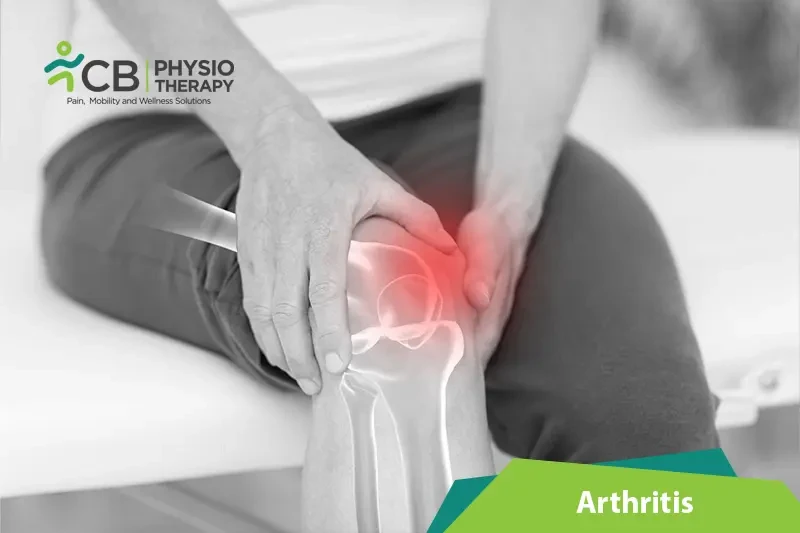
Arthritis is an acute or chronic joint inflammation that causes pain and structural damage. Arthritis can refer to more than 150 different conditions that affect muscles, bones, and joints.
These include:
Patients suffering from arthritis, experience the following symptoms:
Arthritic conditions like rheumatoid and lupus can also affect other organs of the body with a variety of symptoms like:
Pathology:
There is a loss of collagen and proteoglycans from the matrix. Initially, chondrocytes proliferate and synthesize enhanced amounts of proteoglycan and collagen molecules. As the disease progresses, fibrillation, erosion, and cracking initially appear in the superficial layer of cartilage and progress over time to deeper layers.
Many factors contribute to the cause of arthritis-like:
Physical examination:
During the physical examination, the examiner looks for redness and swelling in and around the joint, range of motion of the joints. Depending on the type of arthritis, the examiner also looks for rashes, checks the eyes and throat, and records the temperature.
Laboratory tests:
Laboratory tests are done to rule out other diseases that have similar symptoms as those experienced by a condition like Fibromyalgia or RA (rheumatoid arthritis).
X-ray:
X-rays are used to study the bones for the damage that can be the cause, for symptoms such as joint pain or stiffness.
Magnetic resonance imaging (MRI):
Magnetic resonance imaging (MRI) is done to study the soft tissues in the diagnosis of Fibromyalgia.
Medication: NSAIDs, pain killers, corticosteroids, analgesics, etc.
Note: Medication should not be taken without the doctor's prescription.
Surgery:
Surgery is recommended for a patient with severe arthritis. Surgery is applicable when conservative treatment is not effective for the patient.
Fusion:
In this surgery, two or more bones are permanently fused, this process immobilizes a joint and reduces pain caused by the movement.
Joint replacement:
Damaged, an arthritic joint is replaced with an artificial joint. Joint replacement surgery preserves joint function and movement.
Heat therapy has an analgesic effect causing relief from muscle spasms and increasing the elasticity of periarticular structures. Heat therapy can be used before exercise to gain maximum benefit for 10-20 minutes once or twice a day.
Ice is usually applied in active joints, it can be applied as ice, nitrogen spray, and cryotherapy.
Therapeutic ultrasound helps to stimulate the healing process by increasing blood flow and decreasing pain and inflammation.
Transcutaneous Electrical Nerve Stimulation (TENS):
Transcutaneous electrical nerve stimulation therapy is used to increase strength after the daily application of 15 minutes of TENS. It also helps in reducing synovial fluid and inflammatory exudate in acute arthritis and thus provides pain relief.
Interferential therapy is used to treat muscle strains, spasms, joint damage, and edema. Interferential therapy can provide relief from chronic pain, inflammation, and swelling.
Laser therapy is highly effective for pain relief, it causes a natural healing response from the body because it increases circulation and can break up calcified deposits in the joints.
Kinesio taping helps decrease pain and increase the function of the joints.
Manual or hands-on therapy helps manage arthritis symptoms. Two of the most common treatments include manual manipulation or mobilization and massage therapy.
Hydrotherapy:
Hydrotherapy can help to relax the muscles and ease the pain in the joints. Water supports the weight, which helps to relieve pain and increase the range of movement of the joints. Water can be used to provide resistance to moving joints by pushing the arms and legs against the water, this can also help improve muscle strength.
Exercises:
Exercises include passive range of motion, active range of motion, stretching, and strengthening exercises to increase range of motion, flexibility, strength, and endurance.
The patient is advised to do physical activity that is simple and effective, as it can reduce pain, improve function, and also reduce the risk of developing other chronic diseases. The patient is advised to perform low-impact activities that are easy on the joints like walking, bicycling, and swimming so that there is a low risk of injury. Also losing excess weight and staying at a healthy weight is particularly important for people with arthritis.
Select your City to find & connect with our experts regarding Physiotherapy for Arthritis